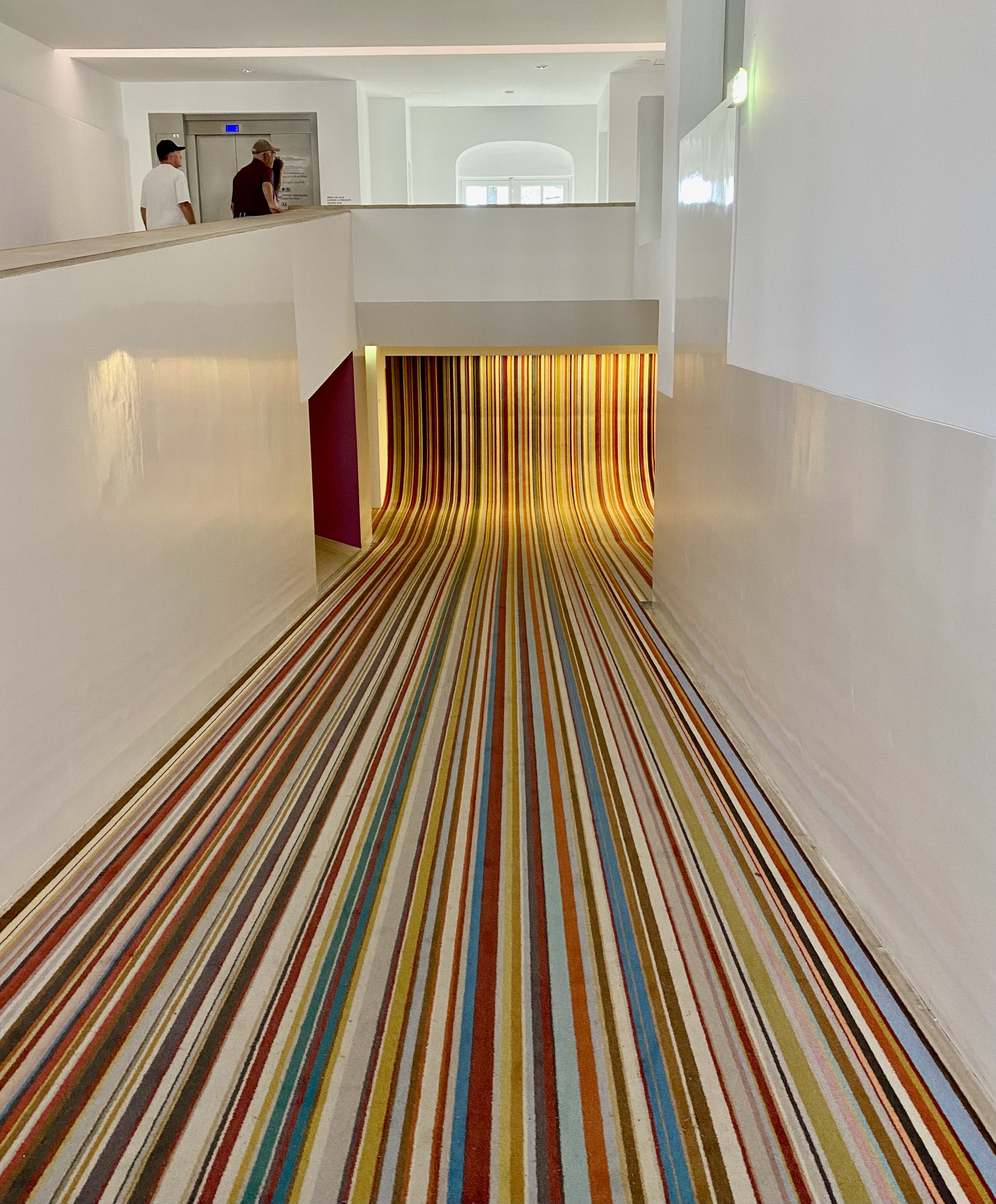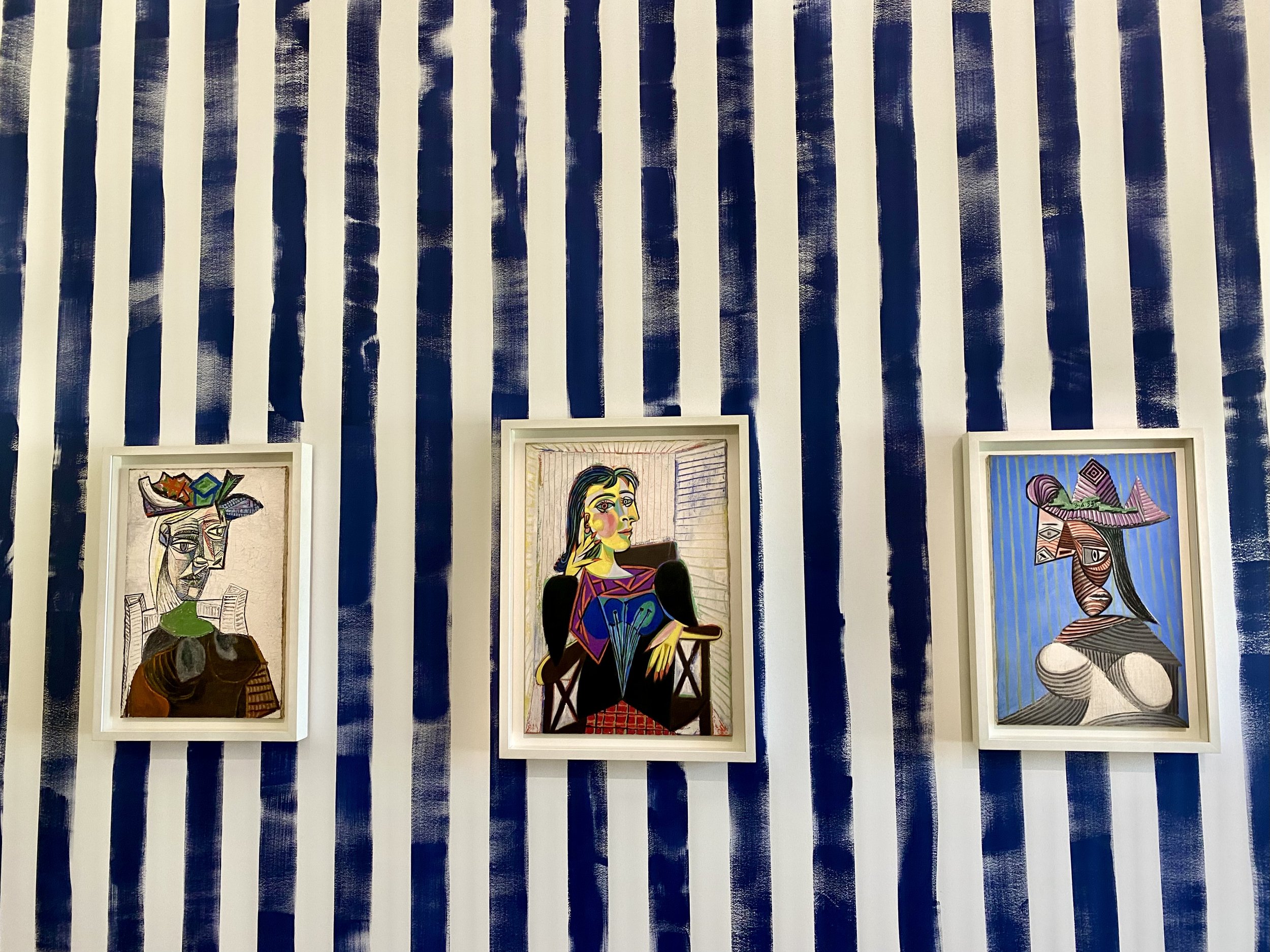Rant alert!
In Paris this last weekend to rehearse, I snuck in a moment for “culture” on Saturday morning. Making a beeline to the Picasso Museum, after an absence of 20 or so years, I planned to immerse myself again in the stages of his creative life, represented by innumerable works in a relatively cozy hotel particulier in the Marais. I wanted to put aside considerations of his many personal failings and simply get drunk in his art, in his journey from precocious young Spaniard to the unquestioned master in Paris, working in oils, but also sculpture, drawing, ink, and ceramics.
But no— non! — I was instead assaulted by the 21st Century!
I literally had to ask an employee “where are the Picassos?”. If you like, you may insert TF between “where”and “are”…
I was informed that people nowadays (am I dead?) want something “new”. So the “exhibit” mixed Picassos and … well, some other people’s art. In the Musée Picasso.
(If you want to feel bad about your looks, go to Instagram; if you want to feel bad about your artwork, put it next to a Picasso…)
Worse, the Picassos were really very, very few, extracted, largely, from their chronological context. Which came first, the neo-classical works (one on display, I think), or his blue period (one or two)? If you want to know, well, it’s the 21st Century… go look it up on your PHONE!
Is it too much, or too old-fashioned to want to see the different styles evolving or bursting forth in order? Is it too much to ask to see more than (I’m guessing, generously) 250 Picassos, including many A4 size drawings, at the Picasso Museum, which owns 5,000 works?
Apparently, it is. Picasso has been—like us musicians—STREAMED. His storyline has been cut up into little bits (bytes?), tossed into a bag, pulled out and displayed willy-nilly.
This is the equivalent of streaming services dishing us up Beethoven’s Fifth, second movement, followed by the fourth movement of a Schubert quartet. Do you like that? I hate it. I will venture that Beethoven would hate it. I’d even bet that Philip Glass hates it. Do as you please, but would you watch the finale of six seasons of “The Sopranos” BEFORE the first episode? I rest my case.
The curator, venerated British fashion designer Sir Paul Smith, was an odd choice, frankly. Famous for “classic with a twist” styling and a rather good multicolor stripe, I fail to see any connection to Picasso: a hot-blooded Spaniard propelled by ambition to Paris, possessed of an overwhelming and voracious creativity, who renewed his lovers, materials, and aesthetics regularly. Picasso is not “nice”, he is VISCERAL. Blood and guts—a bullfighter.
So maybe when you’re listening to music on some streaming service (no free PR out of me!), consider who—or what—is choosing your music for you, and whether the passive approach is really so great. I know, sometimes we end up somewhere interesting. But in the olden days…it was almost always interesting.
Rant over, just two photos by way of comment:
The Paul Smith stripe
1) a Picasso Museum ramp covered in that Paul Smith stripe (fantastic branding, non?).
STRIPES…again
2) a photo showing the “Stripe Connection”… well, can I just say “painful”? Pénible. Doloroso. (The ghost of my mother, post-G&T, whispers naughtily in my ear: “atrocious!”).
Friends, I still want to get drunk on Picasso, so BARCELONA, here I come. Nada de streaming, por favor!









